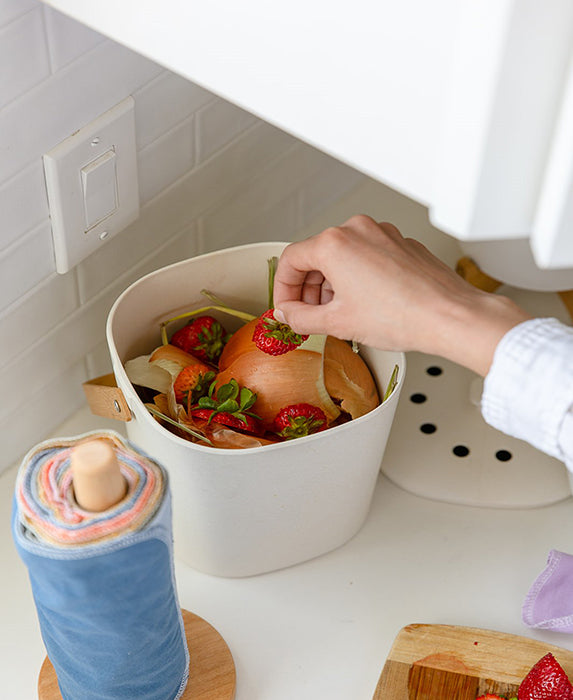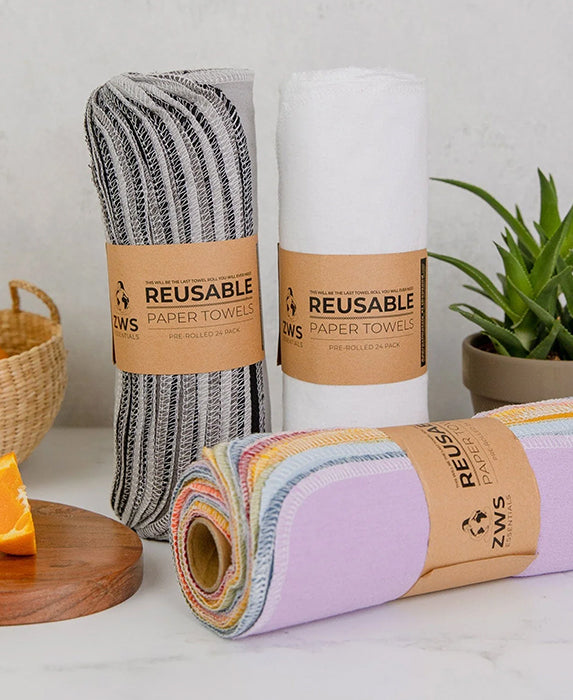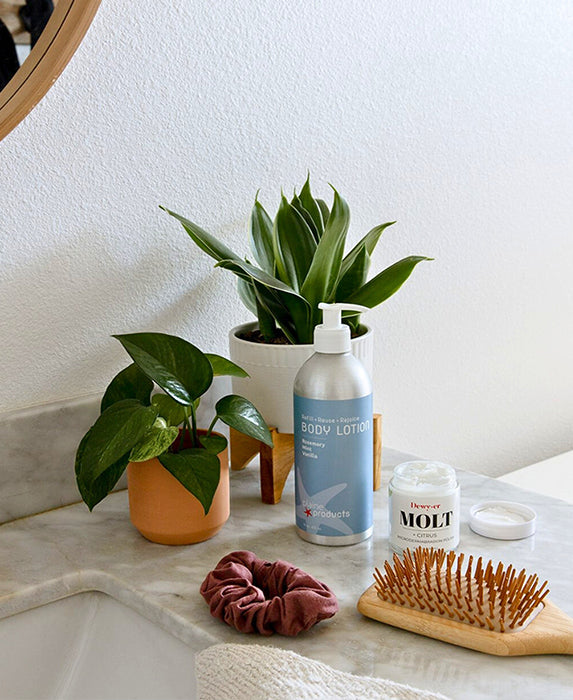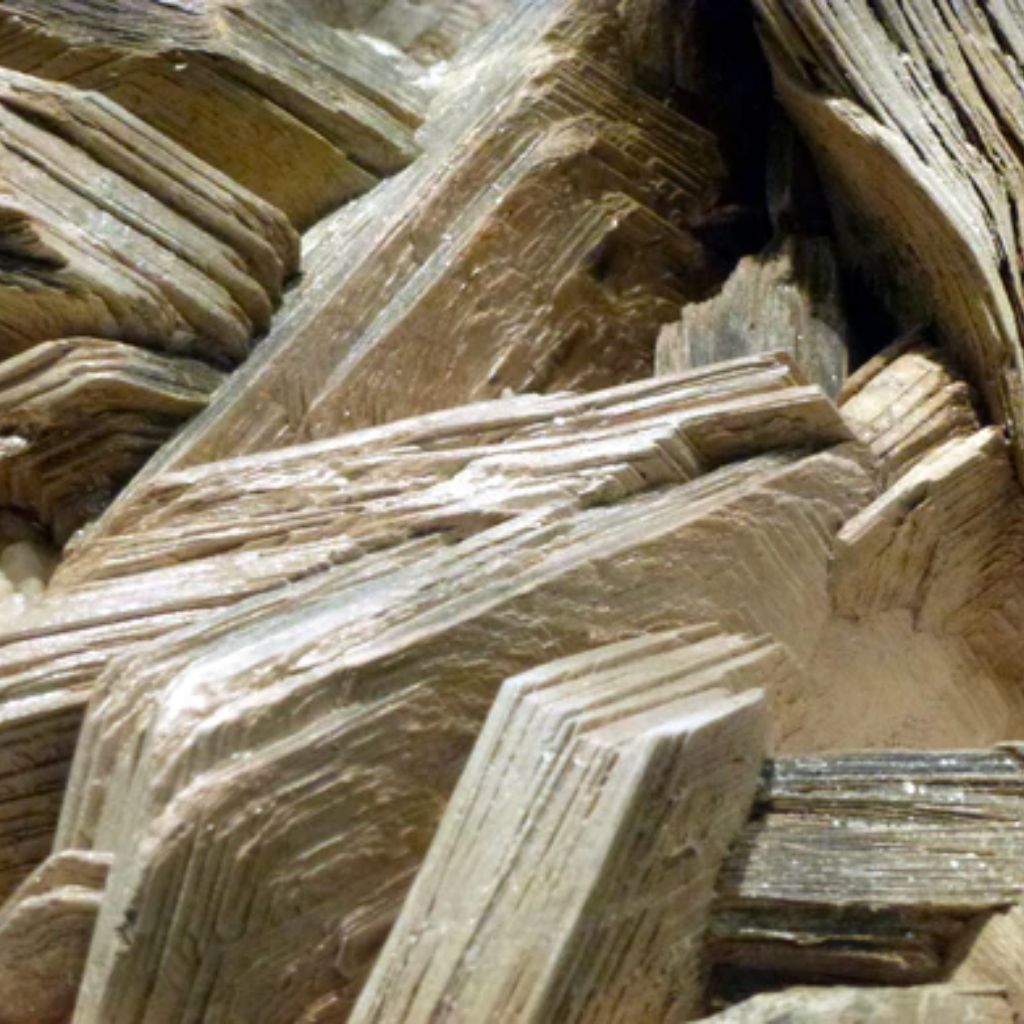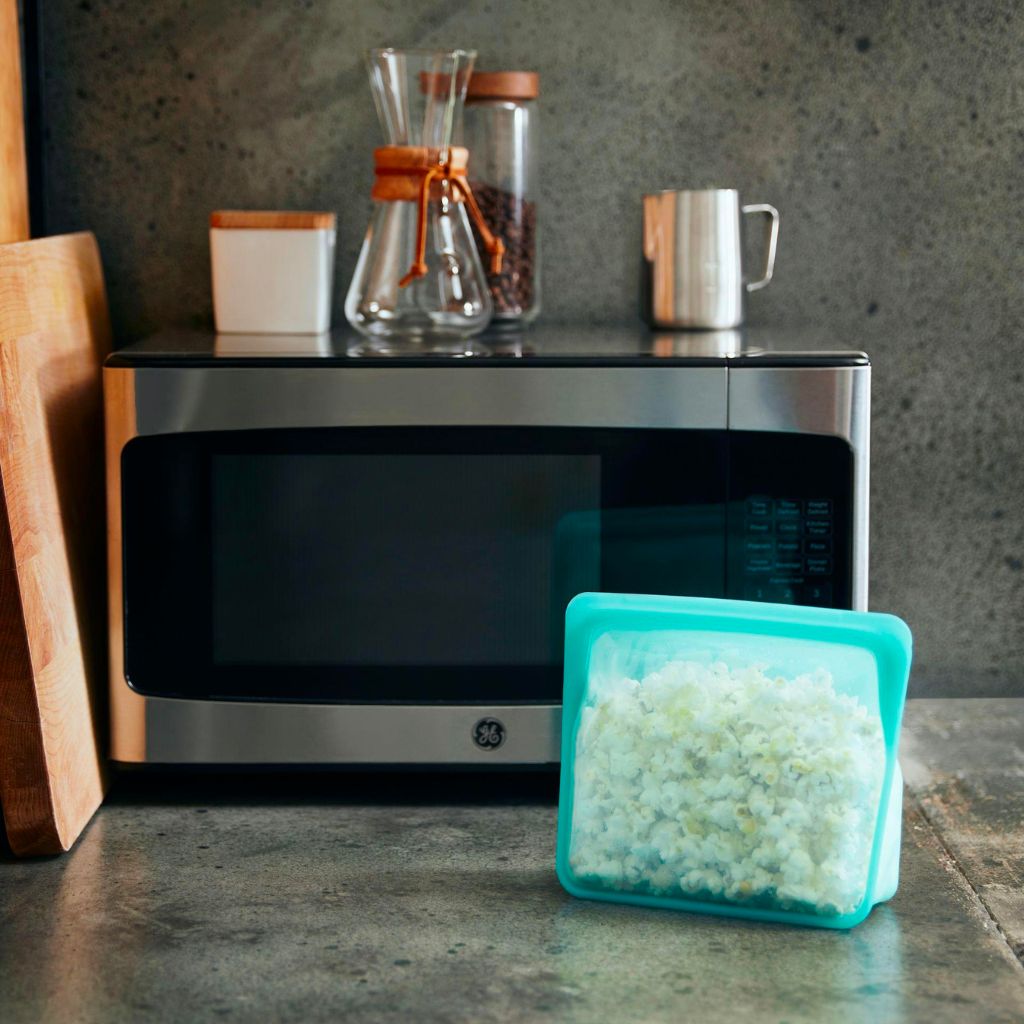What you’ll learn:
- What mica is, and what products it is in
- How it is sourced
- How to ensure the products you purchase use sustainable mica
What is mica?
The word mica stems from the Latin word micare, meaning to glitter, shine, or flash – and that’s just what it does. Mica is a group of 37 naturally occurring sheet silicate minerals that have been used for decades in things such as paints, thermal insulation, and electronic equipment due to its unique chemical properties.

In more recent years, this mysterious mineral has found its way into the cosmetic industry for its ability to create the popular shimmery highlighted look. The higher the concentration of mica, the better reflectivity a product can obtain, making mica a key player in the billion-dollar beauty industry. Mica is commonly added into blush, lipsticks, eyeshadows, and nail polish among other products. According to Verisk Maplecroft, a leading research firm and consulting agency, mica was present in 100 percent of blush and bronzers, 60 percent of foundations and lipsticks, and in 40 percent of mascaras they assessed.
As people have become more and more conscientious of the ingredients in their cosmetics, a slew of information has been revealed on the ugly truth behind the harvesting of much of the cosmetic industry’s mica. While only 18 percent of mica globally is for cosmetics, the cosmetic industry is paving the way for sustainable mica – demanding transparency and ethical treatment of workers.
How is mica harvested?
Mica is one of the most controversial ingredients going into makeup today. It is mined in over 35 countries, but over 50 percent comes from deposits found in India, predominately in Jharkhand, a state with the largest deposits in the world. Along with the largest deposits of mica, Jharkhand is also the state with the highest level of poverty in India. The high rate of poverty has forced children to join the labor force to help put food on the table.
In the 1980s, restrictive environmental laws drove the mica industry underground, pushing them further into rural territories where they began to abandon any and all regulations. While it is illegal in India to use children for mining, many of the mica mines are run by illicit operators. Spending all day harvesting mica is the only option for many children in the area as their families do not have the funds to send them to school and need the income to survive.

The conditions for harvesting mica in these illicit mines are severely dangerous. Without any regulation or oversight, many children have been killed in the process. The work includes going inside deep underground tunnels and hacking away at the underground walls to get the mica free from the host rock. Some of the common risks associated with mining are cuts, broken bones, and respiratory illnesses that can damage and sometimes even scar the lung. Not to mention the danger of collapsing tunnels. An estimated 10-20 deaths occur each month in the Jharkhand area alone! Without higher standards for regulation, transparency, and action these practices are unlikely to change.
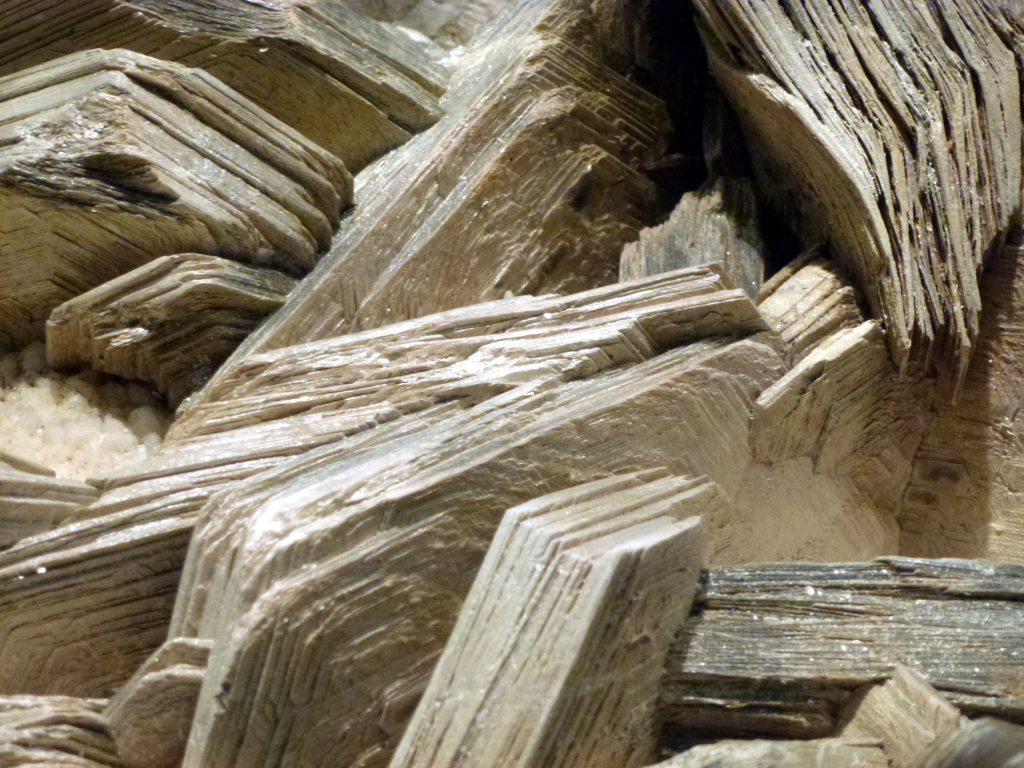
The answer to this complex problem is not dropping mica all together. Doing so would destroy the livelihoods of many people in mica rich areas around the world who rely on the mineral for income. Plus, since it’s in so many consumer products already, it would be a huge undertaking to move away from mica across the board.
Instead, miners need to be paid fair wages for their work, allowing them to send their children to school and have food security. In a 2019 interview done by Refinery29, a local Jharkhand father, Deepu Bhurla, who works with his children mining mica makes about $2 – $8 per day. If he could sell the mica for more, bringing his wages to $28 – $37 per day, he could send his kids to school and create a better home for his family. This slight cost increase may seem negligible, but has the power to make huge impact!
Does sustainable mica exist?
Sustainability is a complex issue, and has to be looked at from all angles. In fact, the United Nations #1 sustainable development goal is to eliminate poverty – and to get there we have to create transparent relationships and set fair trade standards between companies and raw material sources. In harvesting mica we need to protect both the lives of the communities who work in the mines, and the needs of our planet as well.

Some companies are opting for the use of synthetic mica instead. And while that option has different pros and cons, it does not change the fact that natural mica is still highly prevalent in products, and is run off of the backs of a broken system.
Instead, look for products that contain responsibly sourced, ethical mica that pay their miners a living wage. Look for third-party certifications like the Responsible Mica Initiative, a global effort that brings many organizations together who are committed to establishing sustainable supply chains of mica in Jharkhand and beyond. Companies like Elate Cosmetics are leading the way for what ethical mica looks like large scale – using only fair trade and responsibly sourced mica from active members of the Responsible Mica Initiative.
Cosmetic companies have the power to revolutionize the standards of the mica industry. But consumers have to tell them it’s what we want! Vote with your dollar, and support companies with transparent mica supply chains – or reach out to your favorite beauty company and demand they make a change. Where do you stand on the mica issue? Let us know below!

